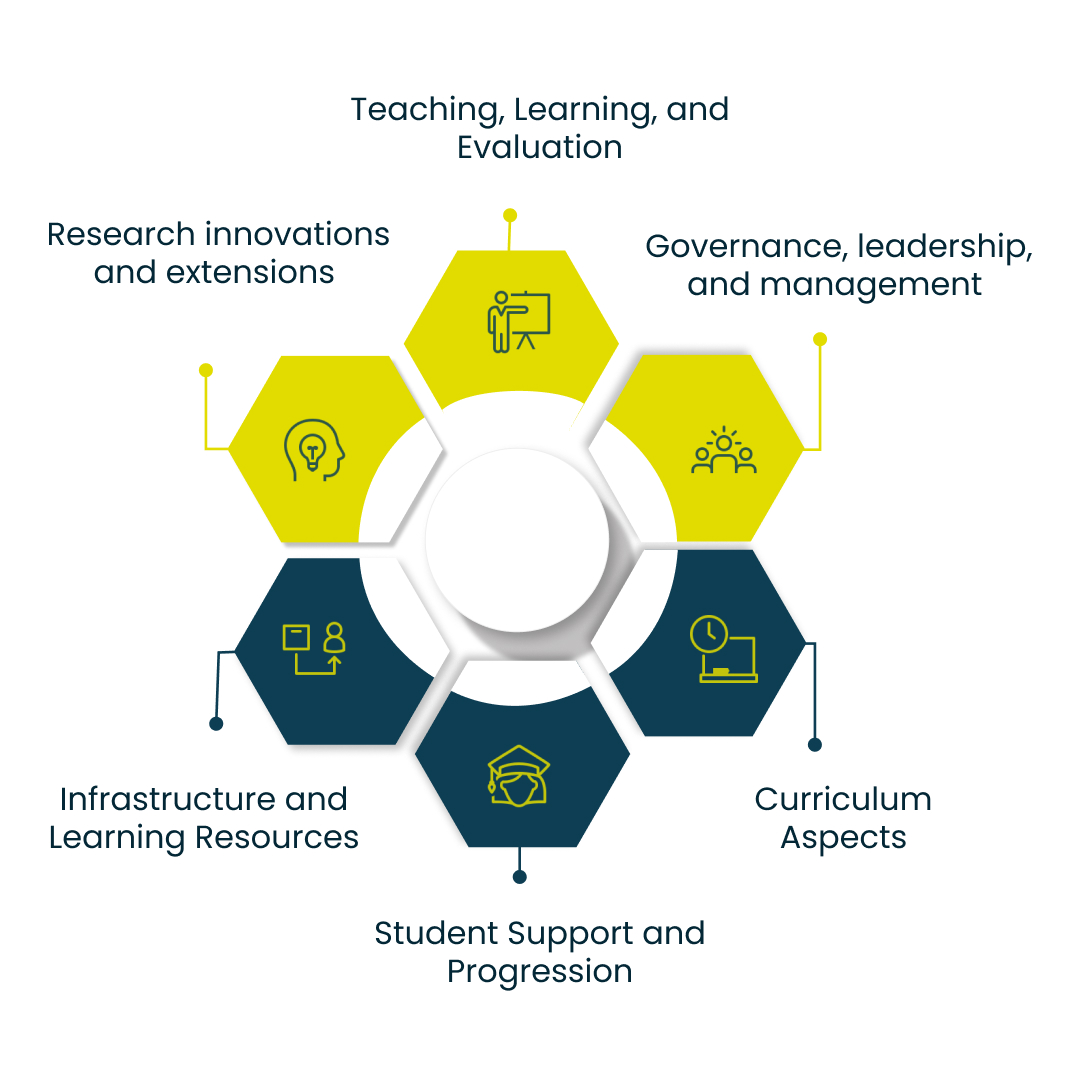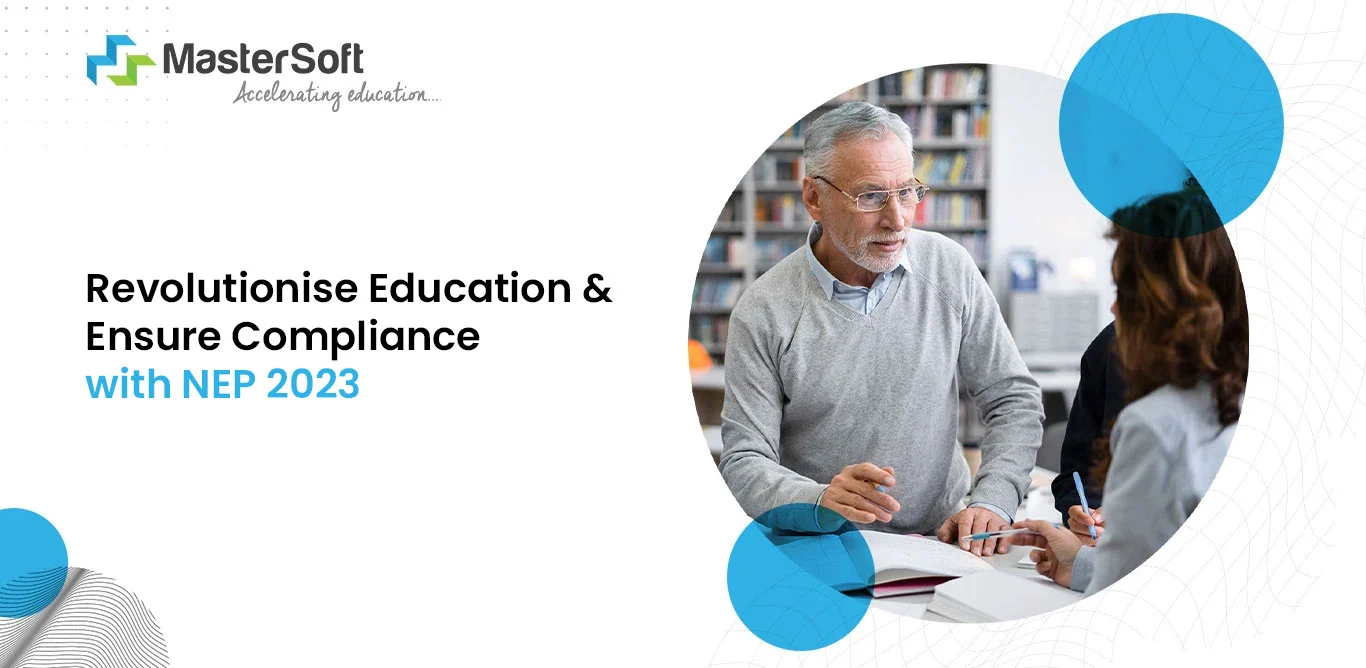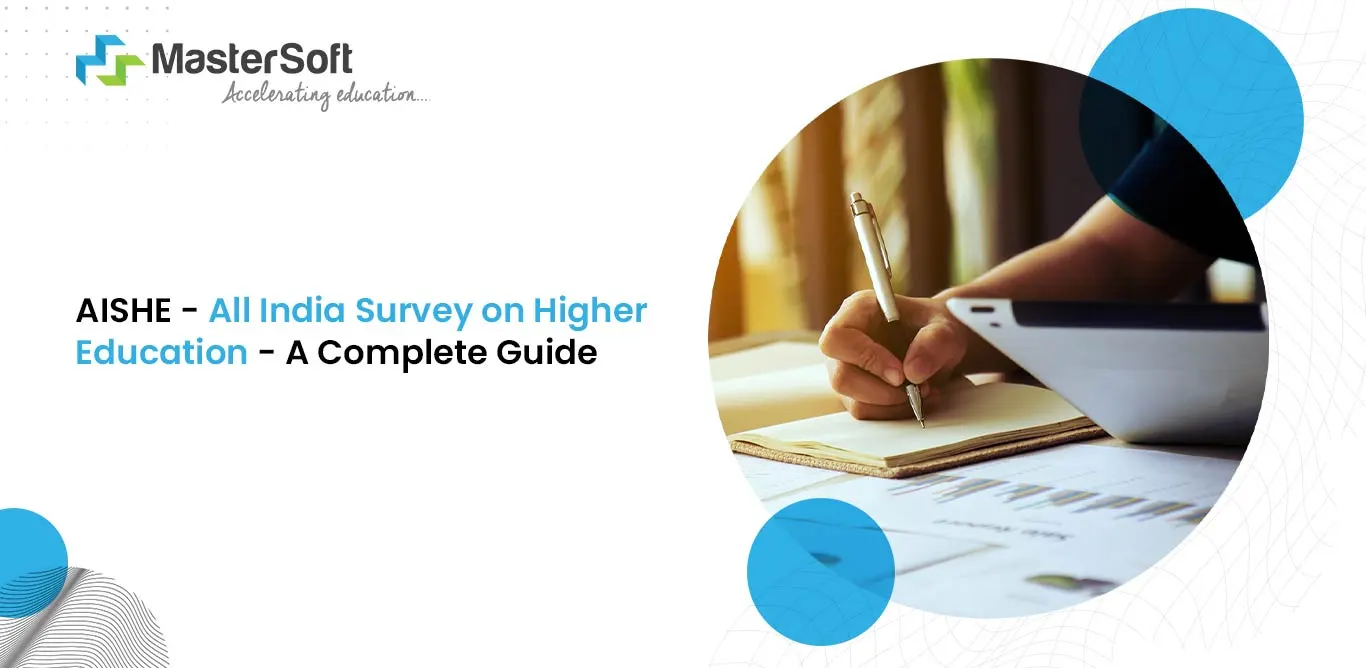05, Feb 2024
According to the All India Survey on Higher Education (AISHE) report, there are 1,113 registered universities and university-like institutions. Furthermore, there are 43,796 colleges and 11,926 standalone institutions.
Also, all institutions and universities need to be recognised by the University Grants Commission to operate legally and provide valid degrees. Also, there are various parameters that the institutes need to fulfil to award recognitions, such as central, state, autonomous colleges, etc.
Overcoming Challenges In Indian Higher Education
Besides, when students complete their secondary education, they must decide to choose the right college. That is when they hear two terms most commonly, which are autonomous and affiliated colleges. What is the difference between the two? Let us have a look:
Affiliated College
- Affiliated colleges under a particular university follow common rules, regulations, and syllabi.
- Admissions are merit-based, and tuition fees are reasonable, enabling students of diverse socio-economic and cultural backgrounds to take admission.
- They follow the set of rules determined by the respective university.
Autonomous College
- Autonomous colleges have the liberty to make their own policies and regulations.
- They are not bound to follow government rules and regulations. Hence, the tuition fees of such colleges tend to be extremely high.
- They have independent control over their day-to-day operations, syllabus, and admission procedure.
Affiliated Colleges
An affiliated college is an institution that relies on a head institute or university to legitimise its academic and administrative processes. Moreover, they follow the common rules, regulations, and syllabi that the university establishes.
Reasonable fees are one of the contributing factors that might attract students to affiliated colleges. Besides, these institutes provide merit-based admissions, enabling qualified candidates to enroll.
Hence, they are accessible to all students, irrespective of their financial, socioeconomic, and other conditions. But who ensures that the institutes follow quality standards? NAAC Accreditation (National Assessment and Accreditation Council), an autonomous body of the UGC, functions as a regulatory body.
The NAAC is responsible for conducting the quality assessment process and accreditation (A&A) of higher education institutions. This process is a crucial institutional exercise that occurs as a result of joint collaboration between NAAC and the institute being assessed.
Revised Assessment and Accreditation Framework
The revised A&A emphasises
- Data-based quantitative indicator evaluation with increased objectivity and transparency
- Considerable use of ICT and advanced tools like higher education ERP boosts scalability and robustness.
- Simplifying the accreditation process by reducing the number of questions, report size, visit days, etc.
- Introduction of the pre-qualifier for the peer team visit, as 25 percent of the system-generated score.
- Introduction of System Generated Scores (SGS) with a combination of online evaluation of quantitative metrics and peer judgement of qualitative metrics.
- Introducing the element of third-party validation of data.
- Providing appropriate differences in the metrics, weights, and benchmarks to universities, autonomous colleges, and affiliated/constituent colleges
- Reworking several metrics to ensure increased participation of students and alumni in the assessment process.
An affiliated institute must participate and collaborate in the A&A process of NAAC while focusing on the seven crucial criteria, which are as follows:

1. Curriculum Aspects
Curriculum aspects relate to a wide variety of programme options and courses that align with emerging national and global educational trends. Nonetheless, it must also reflect local needs and address issues of diversity and academic flexibility.
Curriculum Planning and Implementation
An affiliated or constituent college has a limited role in the curriculum planning and development process. In fact, they adopt the curriculum overview that the respective universities provide. Therefore, each college implements the curriculum as per the prescribed overall framework.
The implementation of the curriculum relies on the college’s resources, potential, institutional goals, concerns, etc. That is where institutes can use ERP for colleges to organise the resources and facilitate smooth and equal access.
Academic Flexibility
Academic flexibility indicates freedom in the use of the time frame of the courses, interdisciplinary options, horizontal mobility, etc. Also, it includes the supplementary programmes as an initiative of the college, the credit system, etc.
Also, it highlights the choice provided in terms of curriculum, programme, curricular transactions, and time-frame options.
Curriculum Enrichment
NAAC expects affiliated colleges to ensure students’ holistic development by adding courses and activities that help sensitise them to varied issues. For instance, gender, environment and sustainability, human values and professional ethics, and the development of creative and divergent competencies
Feedback System
Recent developments and feedback from stakeholders determine the curriculum’s redesign and revision. In addition, the stakeholder’s feedback concerning its relevance and appropriateness to cater to society, the economy, and environment-related needs helps to improve the inputs.
2. Teaching, Learning, and Evaluation
The second criterion relates to the affiliated institution’s efforts to serve students of different backgrounds and abilities. However, they need to facilitate effective teaching and learning experiences through interactive instructional techniques.
Besides, these techniques enable students to engage in higher-order thinking and investigation through varied activities. For instance, interviews, focused groups, presentations, experiments, practicums, and internships are the most useful. Moreover, the second criterion includes the following:
Student Enrollment and Profile
Student enrollment must adhere to transparent and well-administered mechanisms and comply with the governing agencies’ norms. They must concentrate their efforts on ensuring equity and wide access for students belonging to different socio-economic and cultural backgrounds.
Student-Teacher Ratio
The student-teacher ratio is one of the critical factors in student success and engagement. Therefore, teachers must implement one-on-one mentoring relationships, helping to offer individualised insights, which would be difficult in larger classrooms.
Teaching and Learning Process
Learner-centric education through suitable methodologies like participative learning, experiential learning, and collaborative learning should be the priority. Institutes must implement appropriate technological solutions, like higher education ERP, to establish dynamic and individualised learning.
Teacher Profile and Quality
Institutes must verify the teacher's quality concerning their qualifications, characteristics, adequacy of recruitment procedures, professional development, etc. On the other hand, teachers must keep themselves updated with the latest developments.
Evaluation Process and Reforms
This is a key indicator that identifies issues regarding the assessment of teaching, learning, and evaluative processes and reforms. The goal is to carry out an in-depth evaluation to provide development-inducing feedback.
Besides, the evaluation’s qualitative dimension lies in its objective to enhance the student’s competence. It also aims at determining students' skills and knowledge that they gain at the programme’s different levels.
Student Satisfaction Survey
Institutes’ and teachers' efforts are productive only when they benefit the students directly or indirectly. Students' satisfaction level reflects the kinds of experiences that they encounter, their comfort level, and the intellectual stimulation that learning situations provide.
Student performance and learning outcomes
Students' performance in exams indicates the effectiveness of teaching and learning and reflects their ability to realise learning outcomes. Therefore, teachers must take special care in terms of evaluating students' performance, as it gives valuable insights.
Learning Outcomes - Types, And Examples Of Learning Outcomes
3. Research innovations and extensions
The third criterion includes the institution’s policies, practices, and outcomes regarding research, innovation, and extension. It highlights the institutes’ efforts to promote a research culture and encourage faculty to initiate and work on research that impacts society.
4. Infrastructure and Learning Resources
It is crucial for the institute to have adequate infrastructure and facilities to maintain academic and other programme quality. It also urges the disclosure of information on how all stakeholders, including students, teachers, and staff, benefit from these facilities. Also, institutes must strive for the expansion of facilities to ensure future development.
5. Student Support and Progression
The fifth criterion highlights the institution’s effort to provide necessary assistance to students, enabling them to acquire meaningful learning experiences on campus. Also, it puts equal focus on students' holistic development and progression.
6. Governance, leadership, and management
Instituional efficiency and success rely on the policies and practices regarding planning human resources, recruitment, training, and performance appraisal. Furthermore, financial management and the role of overall leadership are equally important.
Autonomous College
Autonomous colleges have independent control over their day-to-day tasks, syllabus, enrollment procedures, and courses that they offer. However, they are affiliated with a certain university and can conduct their own admission procedures and exams.
Nonetheless, they cannot issue their own degree or diploma after the course completion; instead, the affiliated university issues the final degree or diploma. Moreover, getting autonomous status requires the institute to meet certain criteria.
For example, if an affiliated college has been in existence for at least 10 years or more and holds NAAC accreditation with a minimum score of 3.5 or higher, it is eligible for autonomous status.
On the other hand, the UGC verifies facts and gives the final conclusion on whether or not to grant autonomous status to the respective college.
Privileges of an Autonomous College
Autonomous colleges enjoy a few privileges, which are as follows:
- They can form their governing body, Academic Council, and Board of Studies to plan new courses within the nomenclature specified by UGC as per the Specification of Degrees 2014 and amended from time to time.
- The above bodies will have the authority to review all existing courses, helping to make curricula more skill-oriented and community-friendly. Also, they will consider graduates’ employability requirements.
- They can fix the fees of the courses as per the requirement.
- These colleges have complete administrative autonomy to appoint their own administrative staff and teaching staff, including the principal.
- The appointment of staff will be according to UGC regulations.
- The college will continue to receive funds as they did before the grant of autonomous status, if any.
- The parent university will award the final degree or diploma after the completion of the course or programme.
National Education Policy 2020 - Make Your Institute Ready For NEP-2020
Duties of an Autonomous College
- Autonomous colleges must modernise their curricula and make them globally competent, locally relevant, and skill-oriented. Consequently, it will equip the students with in-demand skills and competencies.
- They can rename an existing course as per the UGC Notification on Specification of Degrees (2014). However, it must be mended from time to time after restructuring or redesigning it with the College Academic Council’s approval as per UGC norms.
- The institute must inform the parent university of such proceedings.
- They must adhere to quality and standards of excellence in terms of research activities and can use tools like ERP for colleges.
- The college will constitute the Internal Quality Assurance Cell (IQAC) in the 8th College under notification to UGC. The Cell will have an external peer team comprising academicians of repute and will send the report to UGC regarding the college’s performance.
- The report must be published in the public domain on the college’s website. The external peer review shall be conducted at least once a year.
Final Thoughts,
Deciding which one is better among affiliated and autonomous colleges is difficult because both have their pros and cons. Besides, it is the student’s preference and decision regarding which college they choose to attend.
Nonetheless, both types of colleges adhere to the quality benchmarks of UGC and strive to facilitate excellent teaching and learning.
Connect With MasterSoft - Your One-Stop ICT Solutions Aligned With NEP 2020
Mobile: 08448010216
Email:info@mastersofterp.com













